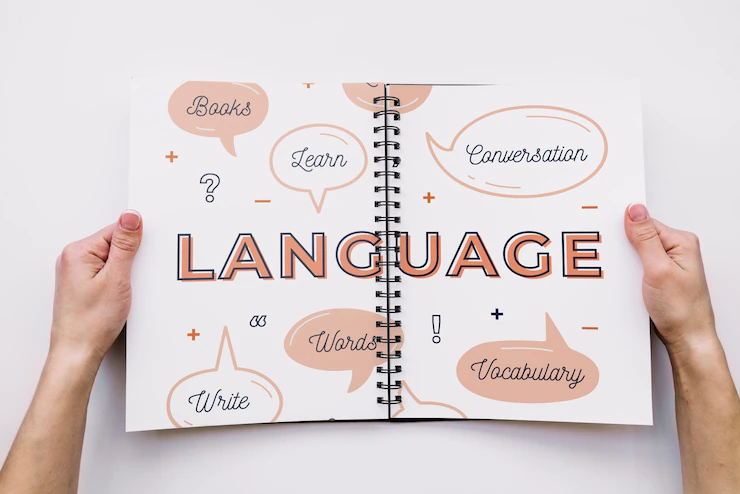

In the era of globalization, more and more businesses are expanding into international marketing and offering their services beyond geographical boundaries. However, in order to communicate with the global audience effectively, translation and interpretation have become vital. As the demand for language translation services and language interpretation services is on the rise, understanding the difference between the two is important.
Why Do Businesses Need Translation and Interpretation Services?
Before understanding the difference between translation and interpretation, let’s take a look at why businesses need them. Businesses around the world require interpretation and translation services to:
- Reach out to a wider audience around the globe
- Communicate effectively with the customers in their native language
- Increase brand awareness among the target audience
- Attract more global customers for the brand.
What is Translation?
Translation can be defined as the process of translating written content from one language to another language. It ensures that the original meaning of the content is communicated effectively to the target audience. Translation makes use of guides, dictionaries, and other experts in order to ensure the accuracy of work.
What is Interpretation?
Interpretation can be defined as the process of converting the spoken language or speech into the text format. The interpreter services are usually either delivered live or immediately after the delivery of the original speech. In the interpretation process, the original meaning of the speech is preserved, but no help is taken from the dictionaries, scripts, or other reference materials.
Key Differences between Translation and Interpretation
One of the major differences between interpretation and translation is that translation converts the written text while interpretation converts the orally spoken language. However, there are several other differences between the two. Here are some of the most common and prominent differences between translation and interpretation.
1. Delivery
The delivery of the language to language translation and interpretation differs. Interpretation usually takes on the spot and is made immediately. It can take place in person, via video, or over the telephone.
However, translation can be done long after the original text is created. It provides the translation experts with ample time to leverage different materials and technologies in order to generate high-quality and accurate translations.
2. Direction
In general, professional interpreters need to be fluent in the source language as well as the target language. It is important as they need to work in both directions and instantly interpret speeches without the help of any reference material.
However, the translators need to be proficient in the target language only. But fluency in the source language is also important. Translators usually work in one direction only and translate the original content into the target language accurately.
3. Accuracy
The level of accuracy in interpretation and translation differs. Interpretation demands a lower level of accuracy in comparison to translation. While the interpreters focus on delivering 100% accurate services, it is actually quite challenging, especially in the live setting.
In case of interpretation, some parts of the original speech are likely to be left out in the target language. However, translation demands more accuracy. The professional translators focus on editing and reviewing the translated content in order to deliver highly accurate content.
4. Personality Traits
The personality traits of the translators and the interpreters differ. The translators are usually perfectionists, detail-oriented, analytical, and patient. On the other hand, the interpreters have excellent communication skills and are multi-taskers as well as good listeners.
5. Non-verbal Clues
Interpretation requires capturing the non-verbal clues of the speakers. Whether an interpreter is interpreting a pre-recorded speech or working in a live setting, they need to recognize and capture the non-verbal clues of the speaker. It includes capturing the voice quality, tone, inflections, intonations, and other unique elements in the speech.
However, translation does not include capturing non-verbal clues. It simply involves the translation of the written text into the desired language.
6. Types of Translation and Interpretation
When it comes to type, there are various types of translation. Some of the most common types of translation are legal translation, medical translation, technical translation, website translation, financial translation, certified translation, and marketing translation. Legal translation includes the translation of documents like business agreements, contracts, employee documents, company bylaws, etc.
Medical translation includes the translation of clinical trials, medical reports, manuals, etc. Technical translation includes the translation of documents like guides, manuals, patents, and technical standards. Financial translation includes the translation of financial statements, financial reports, bank records, and invoices.
Marketing translation includes translating documents such as brochures, presentations, newsletters, slogans, etc. Certified translation includes translating criminal records, marriage and birth certificates, diplomas, and court judgments. Website translation includes the translation of websites, mobile apps, and software applications.
On the other hand, there are only two types of interpretation, namely simultaneous interpreting, and consecutive interpreting. Simultaneous interpreting involves interpreting spoken text from one language to the other without delay. However, consecutive interpreting involves the interpretation of the spoken words into the target language in sentences or parts.
7. Work Tools
The translation service providers leverage a number of work tools such as CAT tools, reference materials, dictionaries, and translation memories. This helps in simplifying the tasks of the translators and enabling them to deliver the services on time.
However, the interpretation service providers do not have access to such work tools. The reference materials are also not available to them all the time. The interpretation service providers need to be ready and highly alert in order to react promptly and deliver services instantly.
Conclusion
Both translations, as well as interpretation services, are highly essential in order to reach out to the target audiences around the globe. Now that you have a clear understanding of the two services, it will be easy to determine when you need translation services and when to hire interpretation services. Hire the services from the reputed companies in the industry in order to get the best quality translation and interpretation services.
